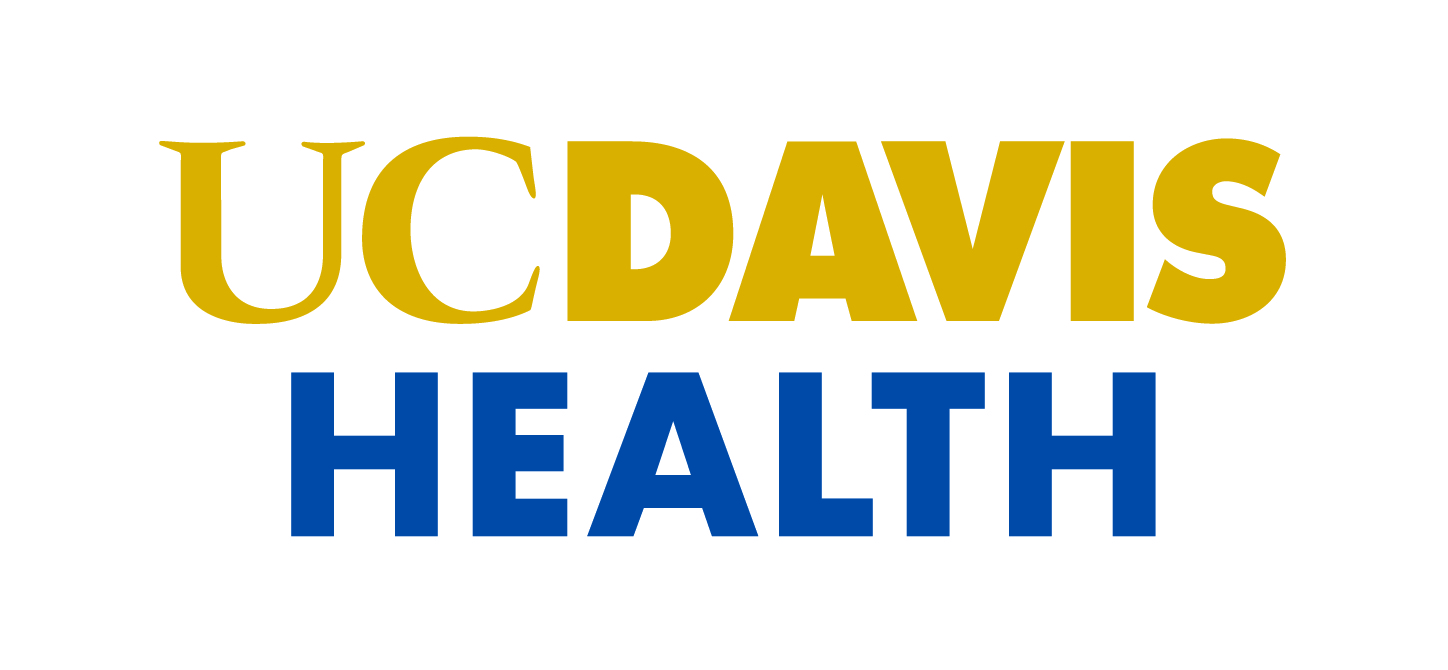Newswise — (SACRAMENTO) — Staying at home has reduced the spread of COVID-19, but it's also increased another health risk — more people getting burned in the kitchen.
Since California's stay-at-home order took effect, specialists at the Firefighters Burn Institute Regional Burn Center at UC Davis Medical Center have seen a nearly six-fold increase in patients with burns related to at-home food preparation. Those injuries were all serious enough for emergency care and, in some cases, hospitalization and surgery.
“It’s easy to forget the kitchen can be a dangerous place, especially now when so many people are learning to cook, cooking more often or trying new things, and when there are so many distractions like other household members and even kids and pets roaming through the kitchen,” said Tina Palmieri, a surgeon and chief of the burn center. “It’s definitely a recipe for burn accidents.”
From March 19 through April 13, the burn center treated 17 adult patients for cooking-related burns. During the same timeframe last year, they treated three. Many of those injuries were to the hands or arms. Most were caused by hot liquids, grease or burning clothes.
Tips for staying burn-free in the kitchen
Palmieri and the burn center team have these safety tips for at-home cooks:
- Minimize the number of people and pets in the kitchen.
- Before or while cooking, avoid drinking alcohol or using substances that impair judgment.
- Turn pot handles inward when cooking or if they contain hot items.
- Be sure to have a lid for a pot nearby, especially if cooking with grease. The best way to extinguish a grease fire is to put a lid on the pot. Do not pour water on it or try to run outside with the pot.
- Wait a few minutes before slowly removing hot liquids from a microwave, as they can suddenly overflow.
- Avoid wearing billowing garments, such as robes and shirts with wide sleeves, while cooking, as they can ignite when leaning over the stove. If your clothing catches on fire, drop to the ground, cover your face with your hands and roll to extinguish the flames.
The best immediate treatment for a small burn (less than the size of a palm) is to remove yourself from the source of the burn, rinse the injured area with room temperature water for 15 to 20 minutes, and then cover it with clean gauze or a wrap.
Burns that cause severe pain or blisters greater than the size of a palm require medical treatment. Also get treatment if the injured area has a foul smell or oozes days after the injury.
Palmieri hopes to see fewer cooks in the hospital in the next few weeks.
“A little extra caution and setting a few rules in the kitchen can keep meal prep time safe and help you avoid a trip to the emergency room,” Palmieri said.
# # #
A Center of Excellence, the Firefighters Burn Institute Regional Burn Center unites the exceptional surgical, critical care and rehabilitation resources of UC Davis Health to care for the unique needs of adult burn patients. The team also treats pediatric burn patients through a partnership with Shriners Hospitals for Children – Northern California. In addition to a comprehensive clinical program, the burn center conducts research aimed at improving patient outcomes, leads community outreach to support burn survivors, and provides education to reduce burn injuries. More information is on the burn center website.
